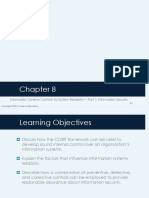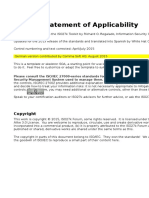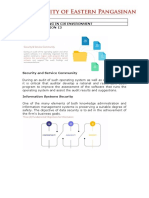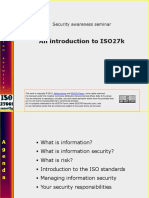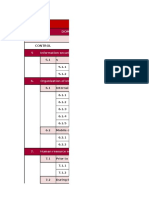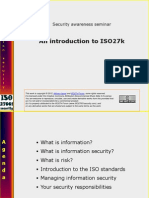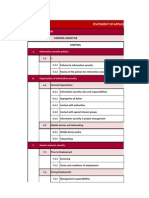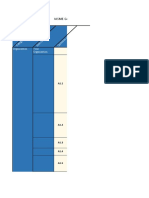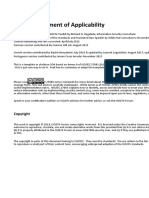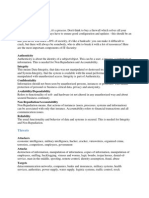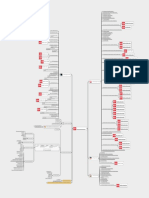0% found this document useful (0 votes)
23 views36 pagesWeek 2 - Introduction To Information Security Part II
The document discusses different types of security controls including physical, technical, and administrative controls. It then categorizes controls based on their functionality into preventive, detective, deterrent, corrective, recovery, and compensating controls.
Uploaded by
dewmiharindiCopyright
© © All Rights Reserved
We take content rights seriously. If you suspect this is your content, claim it here.
Available Formats
Download as PDF, TXT or read online on Scribd
0% found this document useful (0 votes)
23 views36 pagesWeek 2 - Introduction To Information Security Part II
The document discusses different types of security controls including physical, technical, and administrative controls. It then categorizes controls based on their functionality into preventive, detective, deterrent, corrective, recovery, and compensating controls.
Uploaded by
dewmiharindiCopyright
© © All Rights Reserved
We take content rights seriously. If you suspect this is your content, claim it here.
Available Formats
Download as PDF, TXT or read online on Scribd
/ 36







